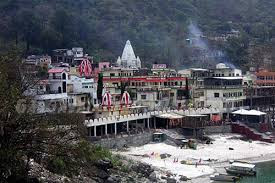The Realisation of the Absolute :2. ( d )-4.

Chapter-2.The Nature of the World (d). THE IDEA OF PROGRESS-4. The intellectual view of the world and Truth is always coloured by relative concepts. According to it, the world is a stage in the progressive and gradual ascending of the self to higher states of consciousness. Man begins from the physical body and ends in the imperishable Soul. He is born in Nature which is his dear and faithful friend and not an opposing enemy whose forces he must combat with. Man exists on this earth not that he may kick it aside as a dreadful ghost which tries to devour him but that he may climb up to the higher states of consciousness through the ladder of earthly consciousness and experience. Birth and death are the processes of the changing of the states of individual consciousness in order to reach superior states. The soul, through many such repeated experiences, exhausts the processes of change in consciousness caused by the momentum of past desires, and reaches the state of Pe












